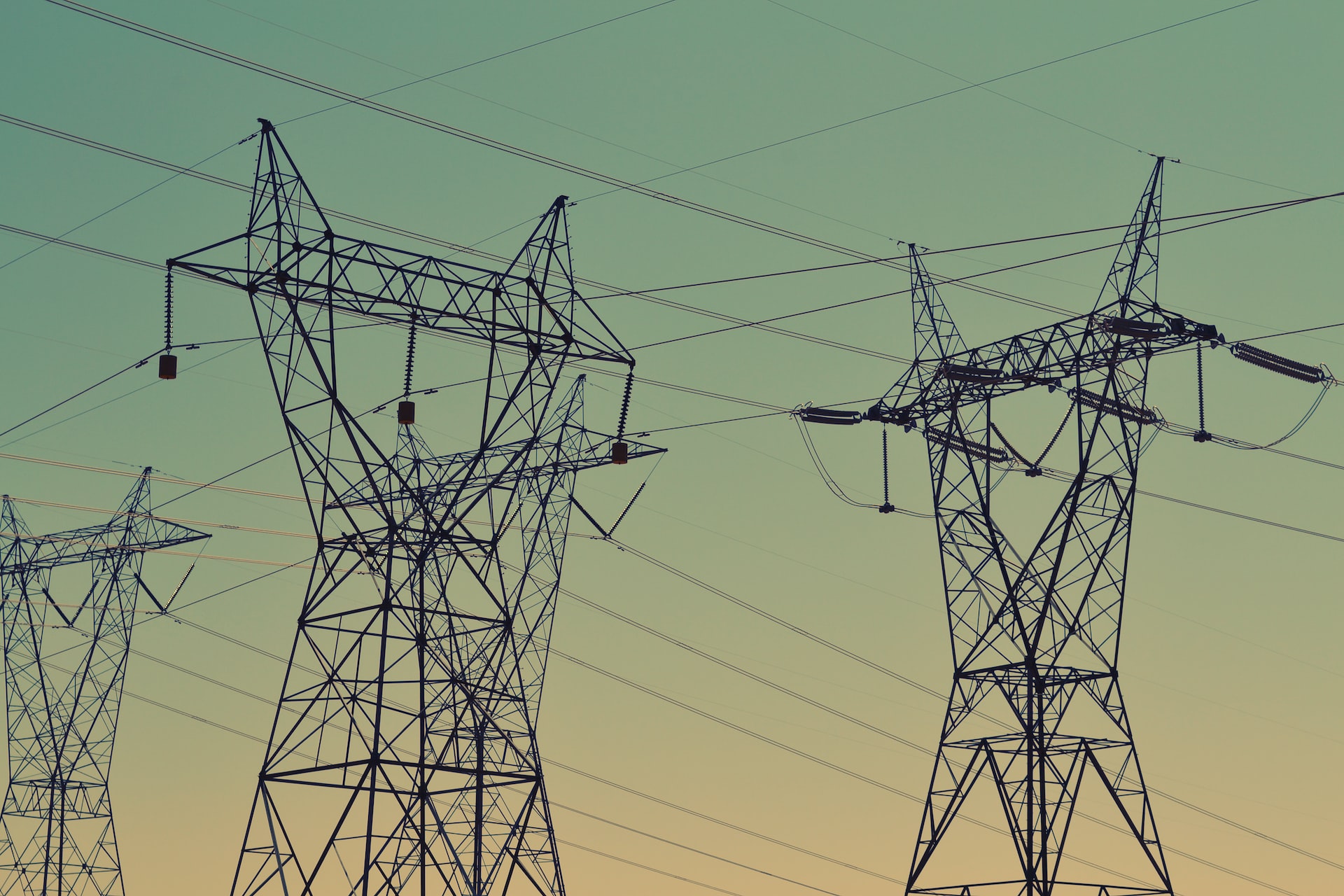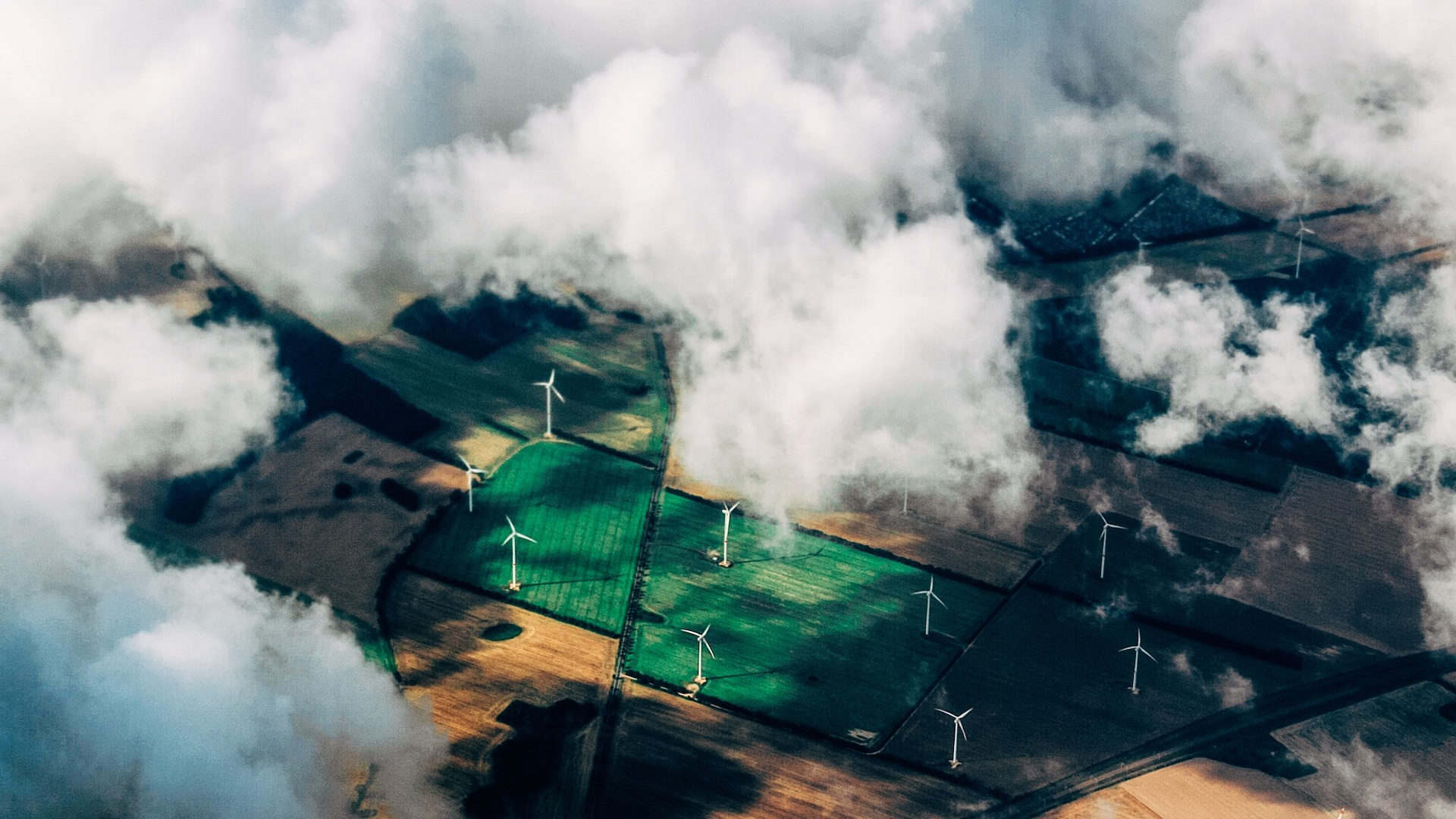Author | M. Martínez Euklidiadas
Companies and people generate vast amounts of waste. As the population becomes urbanized, this waste originates in cities, and the favorite destination are landfill sites, where the waste decomposes, generating methane or contaminating water sources.
But there are two exceptions: recyclable materials, which are transformed in the circuit to become raw materials for other processes, and waste that can be incinerated to obtain energy, a process called waste to energy conversion.
The challenge of waste to energy conversion
Despite seeming counterintuitive, waste from landfills that generate methane (CH4), when burned, will only generate CO2, a greenhouse gas with 56 times less global warming potential (GWP, IPCC).
The basic energy recovery process consists of burning waste to heat water for use as heating, or sending its steam to a turbine to obtain a negligible fraction of the energy that it cost to generate the waste. It is not efficient, but at least it is less polluting than the landfill site.
Innovations in the sustainable conversion of waste into energy
Although waste is not only burned. Relatively new innovations and processes like those below, have increased the efficiency of energy recovery systems:
- Thermal gasification. Technology that converts any carbon-based material into combustible gas.
- Waste pyrolysis. Heat degradation of a substance in the absence of oxygen without setting off combustion reactions. Gases, liquids and combustible solids are obtained.
- Anaerobic digestion of sludge. Usually seen in treatment plants, but also in landfills. It is a microbial fermentation that produces combustible biogas and digested sludge
- Landfill gas recovery. This process captures the gases generated in landfills for subsequent combustion.
The global system has generated a scenario in which burning waste to obtain combustible materials to burn later is a better option; although the focus should be on reducing waste and maximizing recycling.
Practical cases of cities that burn their rubbish

Analyzed by the percentage of municipal waste burned, Japan (75%), Denmark (67%), Belgium (48%), Switzerland (47%) and the United Kingdom (42%) are at the top of the list. But there are cities that stand out for the volume of waste processed or their contribution to the city’s mix.
- The Spittelau waste incineration plant in Vienna, burns 250,000 tons per year to generate 500 GWh of heat and 60 GWh of electricity.
- The Maishima Incineration Plant in Osaka, located on an artificial island ‘reclaimed’ from the sea, is a 32 MWp Its artistic design attracts 12,000 visitors each year.
- Hidden underground in the Parisian suburb, three miles from the Eiffel Tower, the Isséane Incineration Plant is capable of burning half a million tons per year.
- In Minneapolis, the Hennepin incineration plant processes 27% of the county’s waste.
- In Copenhagen, the Amager Bakke/Copenhill incineration plant hopes to be integrated into the metropolitan landscape while it burns 440,000 tons per year and heats 150,000 homes.
Energy recovery is used across the world by hundreds of cities. In Europe, around 500 plants of this sort emit around 52 million tons of CO2 each year. However, there is expected to be a drop in usage as new urban waste taxes come into force levied on what is generated.
In regions such as China, global leaders in energy recovery, and a country that continues to open new plants, they are trying to solve the original problem with a waste reduction policy, often resulting in planned stoppages.
Image | Thijs Kennis






















































